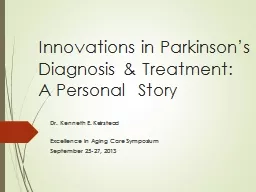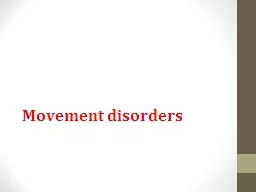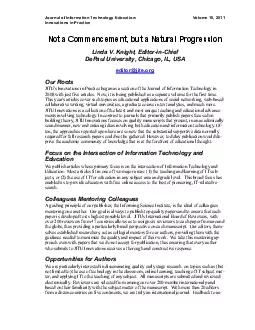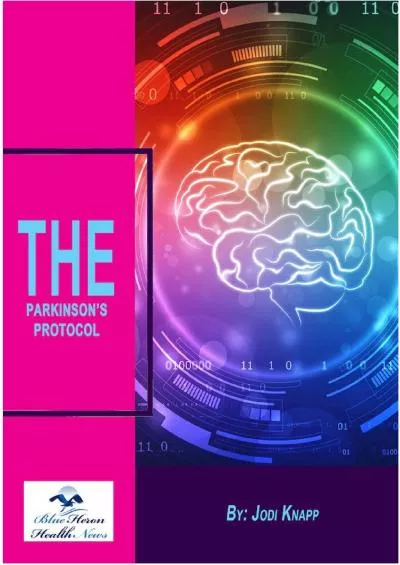PPT-Innovations in Parkinson’s Diagnosis & Treatment:
Author : liane-varnes | Published Date : 2016-10-22
A Personal Story Dr Kenneth E Keirstead Excellence in Aging Care Symposium September 2527 2013 Why Me 72 year old Stage I diagnosed nine months ago Born in South
Presentation Embed Code
Download Presentation
Download Presentation The PPT/PDF document "Innovations in Parkinson’s Diagnosis &..." is the property of its rightful owner. Permission is granted to download and print the materials on this website for personal, non-commercial use only, and to display it on your personal computer provided you do not modify the materials and that you retain all copyright notices contained in the materials. By downloading content from our website, you accept the terms of this agreement.
Innovations in Parkinson’s Diagnosis & Treatment:: Transcript
Download Rules Of Document
"Innovations in Parkinson’s Diagnosis & Treatment:"The content belongs to its owner. You may download and print it for personal use, without modification, and keep all copyright notices. By downloading, you agree to these terms.
Related Documents














